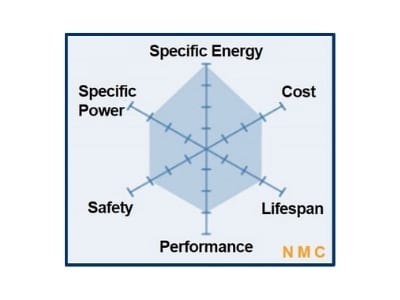

Scanning and transmission electron microscopies at CNM verified the finding. It turned out that what scientists had believed were single crystals, as evidenced by electron and X-ray microscopy, actually had boundaries inside. So, they subjected these cathode materials to extensive analyses at the Advanced Photon Source (APS) and Center for Nanoscale Materials (CNM), DOE Office of Science user facilities at Argonne.ĭifferent X-ray analyses were carried out at five APS beamlines (11-BM, 20-BM, 2-ID-D, 11-ID-C and 34-ID-E).

The problem the team faced was that cathodes made from both coated polycrystals and single crystals still formed cracks with cycling. Electron microscopy of these particles indicated they have no boundaries. This coating surrounds the large spherical particles and smaller ones inside them.Ī different approach to avoid this cracking involves single-crystal particles. To prevent this, Xu and Argonne colleagues had previously developed a protective polymer coating around each particle. As a result, they have what scientists refer to as grain boundaries between particles, which cause cracking upon battery cycling. The large spherical particles are polycrystalline, with differently oriented crystalline regions. One past approach involved microscale spherical particles consisting of numerous much smaller particles. For several decades, battery researchers have been seeking ways to eliminate these cracks. With charge-discharge cycling, performance rapidly declines due to cracks forming in the cathode particles. "The present-day NMC cathode has posed a major barrier to operation at high voltage," said Guiliang Xu, assistant chemist. A paper on this research appeared in Nature Energy. The team's new structure for the cathode's micro-sized particles could lead to longer-lasting and safer batteries able to operate at very high voltage and power vehicles for longer driving ranges. Argonne researchers have made another breakthrough with the NMC cathode.


 0 kommentar(er)
0 kommentar(er)
